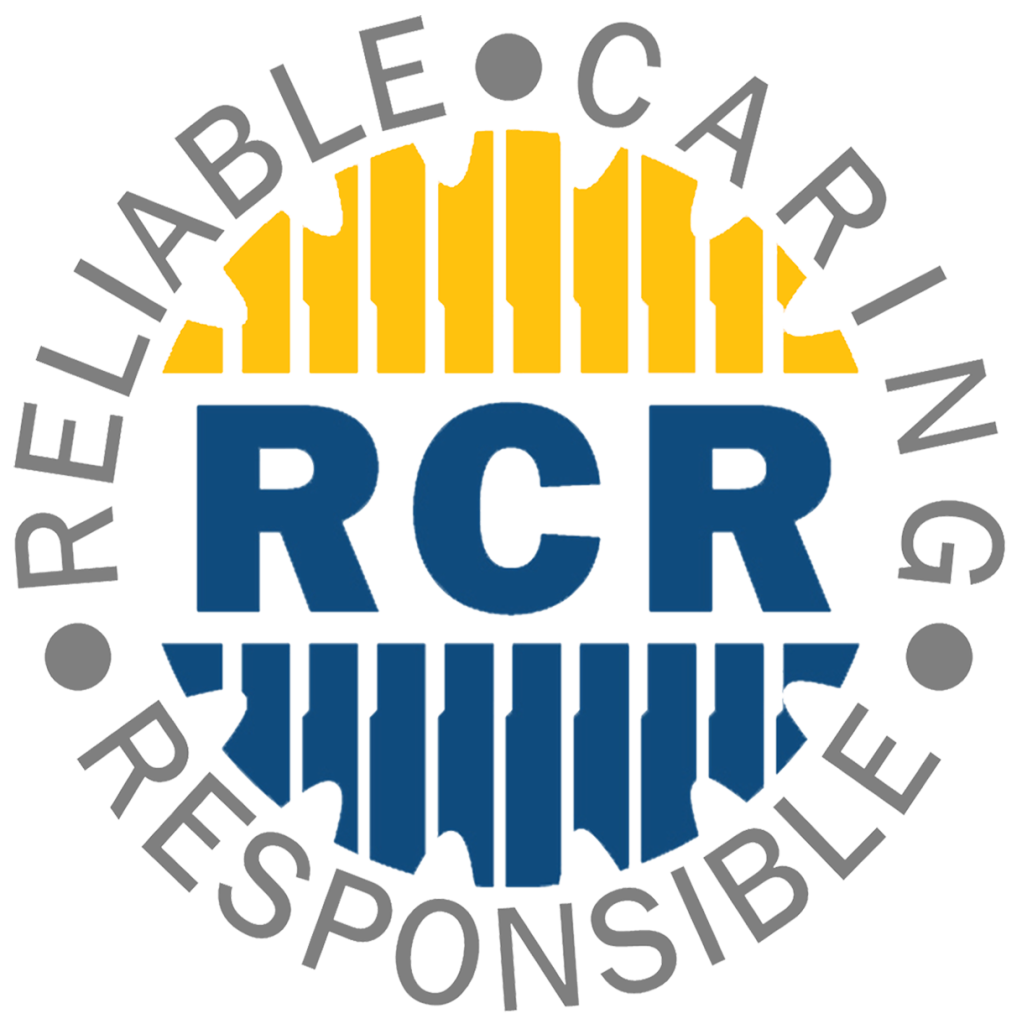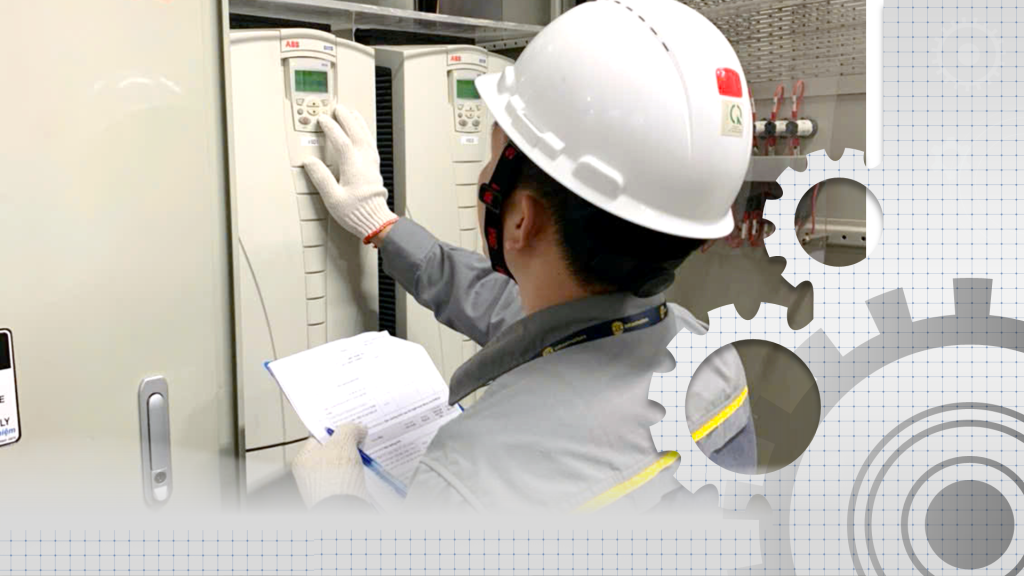Transitioning from in-house to outsourced facilities management (FM) is a significant decision for any organization. Outsourcing offers benefits such as access to specialized expertise and improved operational efficiency, but the process can feel overwhelming without a clear strategy.
Embracing outsourced facilities management helps businesses focus on core operations, improve service quality, and expand management capabilities. This guide provides a clear roadmap for a smooth transition, laying the foundation for future growth. With proper planning and preparation, organizations can maximize outsourcing benefits while ensuring efficient and productive operations.

Key Takeaways
-
- Why transition from in-house to outsourced facilities management?
- Steps to take before transitioning to outsourced FM
- Key actions during the outsourcing transition
Why transition from in-house to outsourced facilities management?
The decision to move from an in-house FM to an outsourced model is often driven by a combination of strategic, operational, and financial reasons. This shift allows organizations to adapt to changing business needs, optimize resources, and stay competitive in dynamic markets.
Here are some key reasons why companies make the transition:
1. Access to expertise
Outsourcing provides access to experienced professionals and industry best practices. FM providers often bring specialized knowledge, advanced technologies, and innovative solutions that may be challenging for in-house teams to develop or implement independently.
2. Focus on core operations
Facilities management is essential but often requires significant time and resources that could be better spent on core activities. Tasks like maintenance and building management can distract from key business goals, such as growth or innovation. Outsourcing these functions allows businesses to focus on strategic priorities while experts manage the operations, leading to improved efficiency and productivity.
3. Scalability and flexibility
As organizations grow or change in demand, their FM needs can shift. Outsourcing offers the flexibility to scale services up or down without the hassle of hiring, training, or restructuring in-house teams. This flexibility allows businesses to efficiently manage resources and respond to growth or challenges without disrupting operations.
4. Tackling the rising complexity of facilities
Modern facilities are becoming increasingly complex, with integrated systems requiring specialized skills for maintenance and management. Outsourcing to experts ensures these systems are effectively managed without burdening in-house teams.
Things to take before transitioning to outsourced facilities management
1. Assessment of current operations
- Evaluate the performance of your in-house team, including strengths, weaknesses, and costs.
- Identify gaps in expertise, efficiency, or service delivery.
- Review historical data on maintenance, energy use, and incident management.
2. Define clear objectives
- Outline what you aim to achieve with outsourcing (e.g., cost savings, improved service quality, scalability).
- Establish measurable KPIs to track performance post-transition.
3. Stakeholder alignment
- Gain consensus from management and other stakeholders.
- Communicate the rationale and benefits of the transition to reduce resistance.
4. Vendor selection
- Research and shortlist vendors with proven experience in your industry.
- Assess their certifications, compliance standards, and reputation.
- Request proposals and conduct due diligence, including reference checks.
5. Scope of services
- Clearly define the services to be outsourced (e.g., cleaning, HVAC maintenance, energy management).
- Decide whether to opt for a full-service contract or a specialized service contract.
6. Cost analysis and budgeting
- Compare the costs of in-house operations against outsourcing proposals.
- Consider both direct and hidden costs, such as transition expenses or penalties for early termination.
7. Legal and compliance considerations
- Review contracts to ensure clear terms, including SLA (Service Level Agreement), and termination clauses.
- Verify that the vendor complies with local regulations, health and safety standards, and environmental policies.
Key actions during the outsourcing transition
A smooth transition to outsourced facilities management requires careful execution of several key actions. From setting up the necessary infrastructure to managing assets and safety protocols, each action plays a vital role in ensuring success.
1. Set up initial requirements
This step involves preparing the foundation for the outsourcing transition. It includes ensuring that the necessary infrastructure, tools, and systems are in place for the outsourced team to begin operations smoothly. Consider setting up access to digital platforms, communication channels, and any systems needed for the outsourced team to perform their tasks.
2. Transfer responsibilities and hire new staff
During the transition, you may need to transfer certain responsibilities from in-house staff to the outsourced provider. Additionally, new hires may be needed to fill any gaps or provide specialized skills. Plan for onboarding these new hires, providing them with the necessary training, and ensuring they integrate seamlessly into the existing operations.
3. Build an asset list
Create a comprehensive inventory of all assets under facilities management, including equipment, furniture, and technology. This asset list should be shared with the outsourced provider to ensure proper maintenance, tracking, and management of these resources. Accurate asset tracking helps prevent loss and ensures everything is well-maintained.
4. Develop tool inventory
Similar to the asset list, build a detailed inventory of the tools, machinery, and other resources the outsourced provider will use. Ensure that these tools are in good condition and available for the new team to operate effectively. Proper tool management helps improve productivity and reduces downtime.
5. Build document control system
Establish a centralized system to manage and store all essential documents related to facilities management. This includes maintenance schedules, contracts, service records, and legal documents. A well-organized document control system ensures easy access, proper document tracking, and compliance with regulations.
6. Ensure safety
Safety must be a top priority during the transition. Ensure that the outsourced team is trained on your company’s safety protocols and procedures. Conduct safety audits, provide necessary safety equipment, and ensure compliance with all health and safety regulations. A safe work environment minimizes risks and protects both employees and contractors.
7. Establish OEM services contracts
Original Equipment Manufacturer (OEM) services may be required for specialized equipment or systems that need maintenance or repair. Ensure that contracts with OEM service providers are in place and that the outsourced team is familiar with these contracts and the services provided. This ensures that you receive the correct level of service and support for your critical equipment.
8. Build critical spares and consumables inventory list
For critical equipment and operations, establish an inventory of spare parts and consumables that may be needed for repairs or maintenance. This list should include essential items for emergencies to avoid operational downtime. Work with the outsourced team to ensure they have access to these parts and materials when needed.
9. Conduct gap analysis report
A gap analysis helps identify areas where the outsourced provider’s services may not align with your current operations or expectations. Conduct a gap analysis to evaluate what’s missing, what needs improvement, and what processes need to be adapted to ensure that the outsourced provider meets your requirements effectively.
10. Define KPI & SLA
Establish clear Key Performance Indicators (KPIs) and Service-Level Agreements (SLAs) to measure the success of the outsourcing arrangement. KPIs may include response times, service delivery efficiency, or maintenance completion rates. SLAs should outline the expectations for service quality and response times. Both KPIs and SLAs will help you monitor performance, ensure accountability, and maintain a high standard of service.
In conclusion, transitioning to outsourced facilities management offers organizations the opportunity to tap into specialized expertise and improve overall efficiency. However, this process requires careful planning and attention to detail to ensure a seamless handover. Key steps, such as setting up the necessary infrastructure, transferring responsibilities, and addressing safety protocols, are critical in laying a solid foundation for the outsourced team to operate effectively.
Furthermore, maintaining clear communication and defining performance metrics throughout the transition is essential for long-term success. By regularly reviewing the outsourced services and ensuring they align with your organization’s goals, you can build a strong, collaborative partnership that enhances operational effectiveness and supports continuous improvement.





